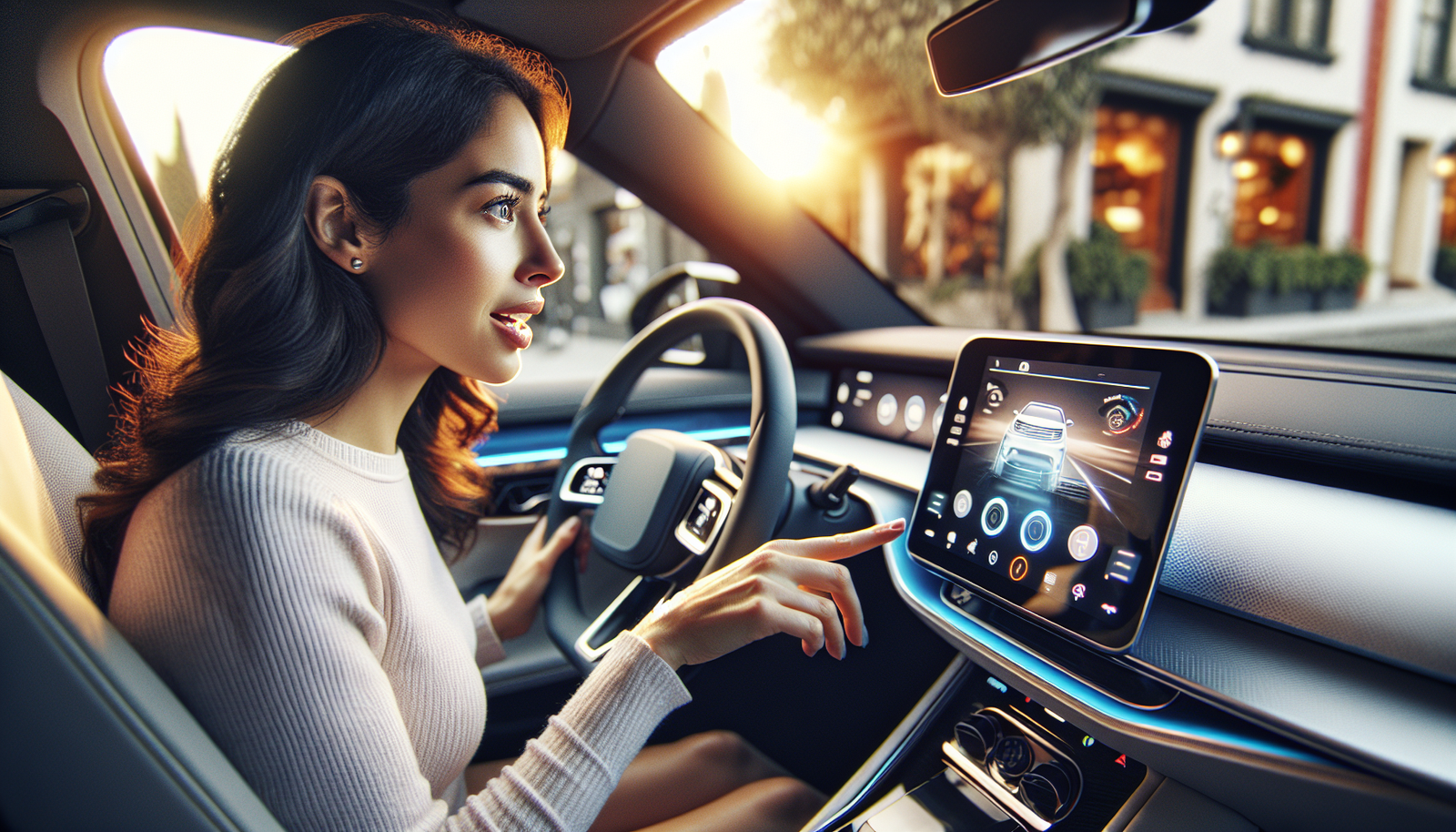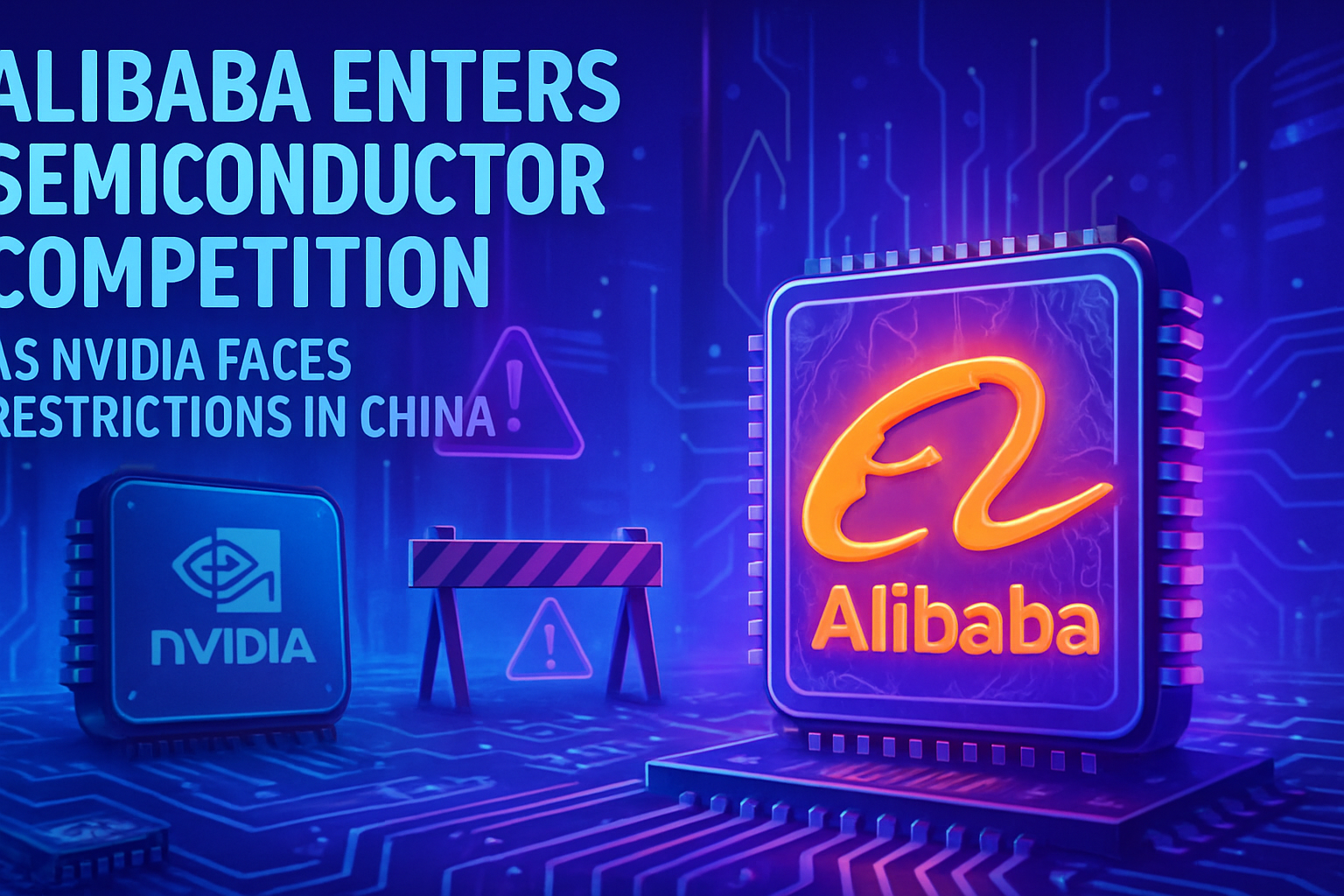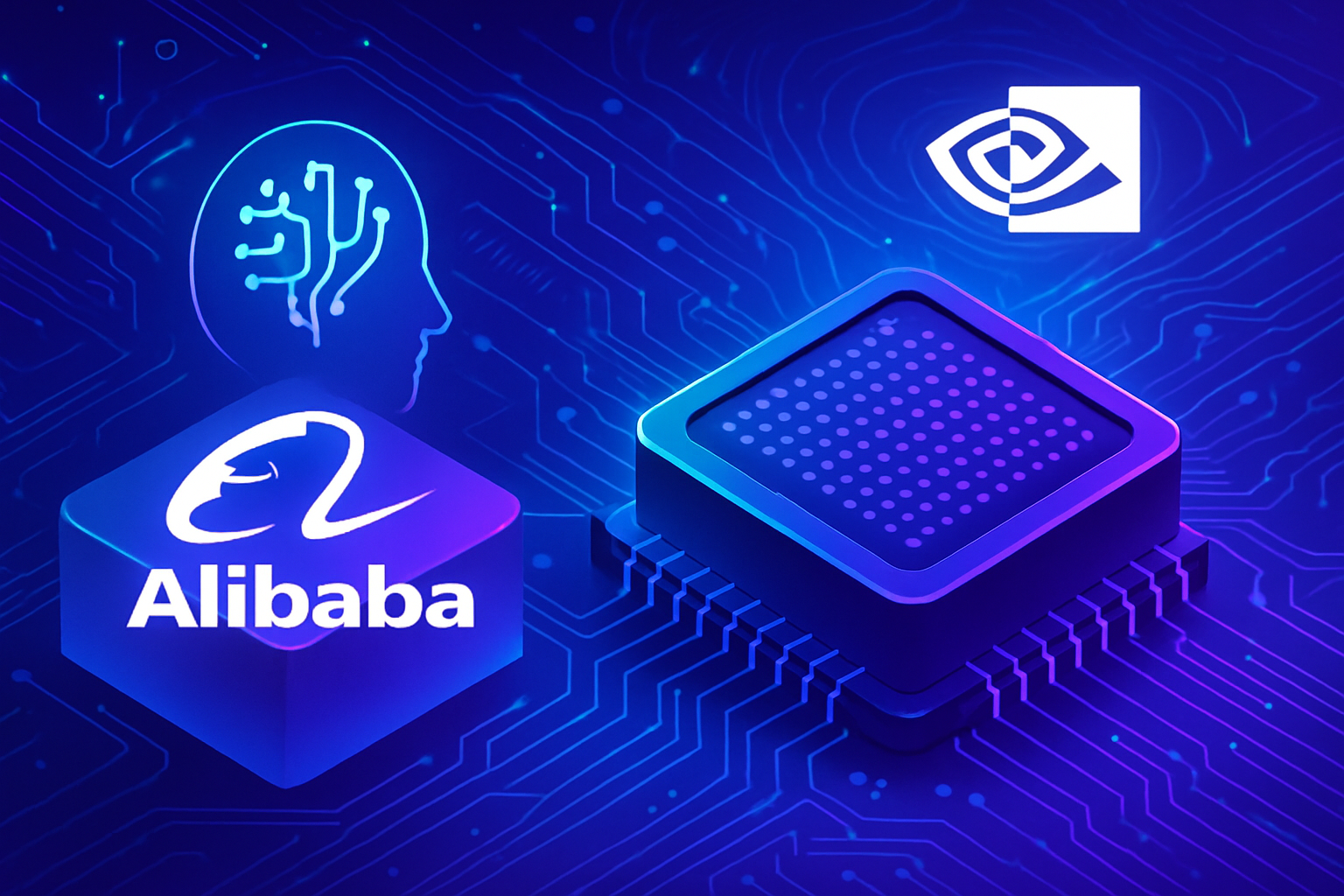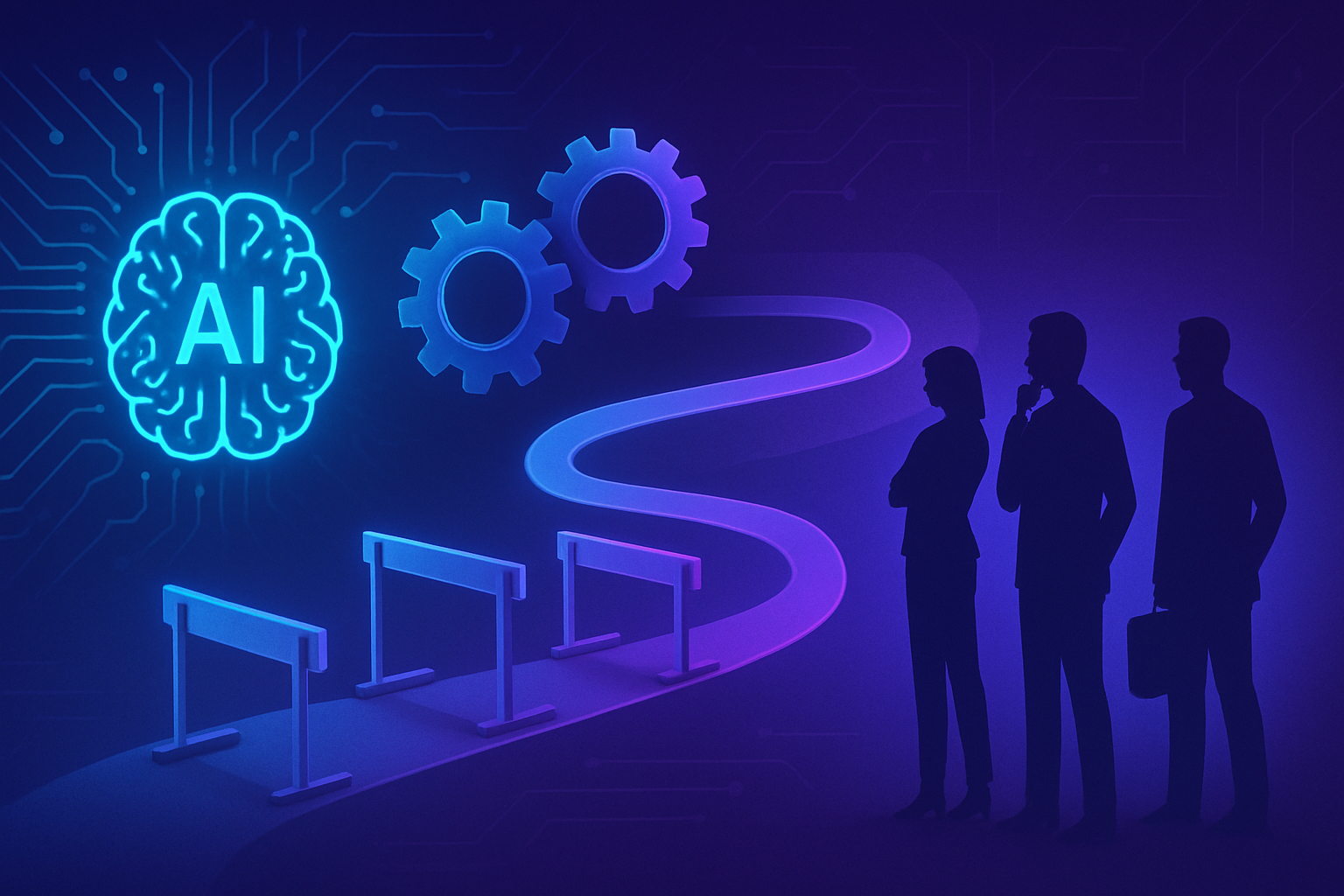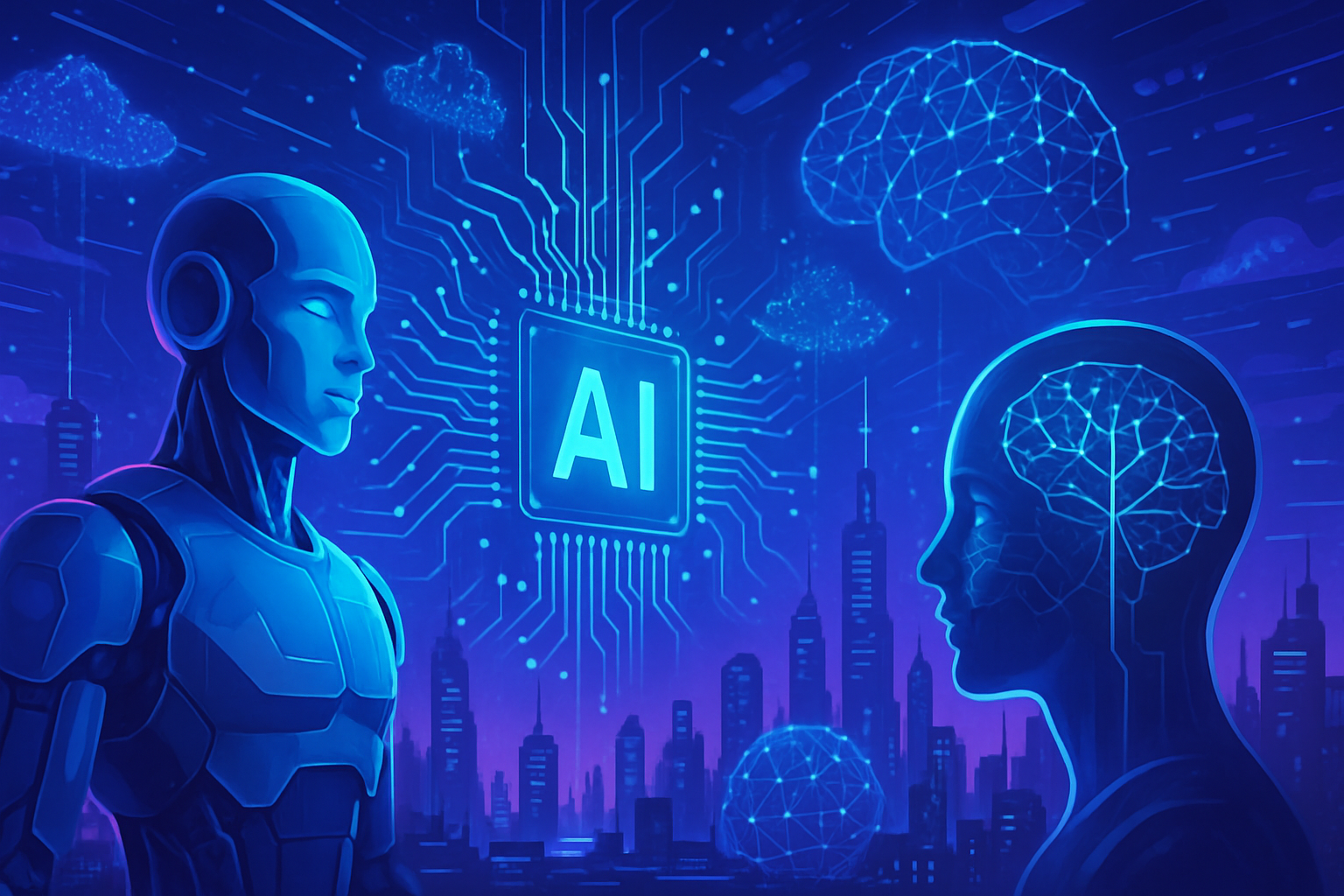The understanding of the interaction between drivers and new automotive technologies is of utmost importance. This complex dynamic shapes the modern driving experience, going beyond simple functionalities. Connected vehicles and driver assistance systems redefine the standards of safety and comfort.
The need to adapt these technological innovations to humans emerges as a major challenge for the sector. Capturing users’ attitudes and behaviors towards these tools is a real priority. The implications extend to users’ trust in these systems, impacting their adoption.
*Understanding this interaction is fundamental for the future of the automobile.* How drivers react and adapt to the evolution of these technologies remains a key question. Research on this subject sheds light on the paths toward a safer and more efficient automotive future.
New technologies in the service of the automobile
Technological innovations in the automotive field are redefining our conception of driving and road safety. Advanced Driver Assistance Systems (ADAS) transform the interactions between drivers and their vehicles, offering functionalities such as adaptive cruise control and automation of checks.
Study on trust in AI
The issue of trust in assisted and automated systems is critical for the future of the automobile. Bryan Reimer, founder of the MIT AVT Consortium, emphasizes that trust built on reliable interactions is essential for the adoption of new technologies. Current studies show a modest increase in public acceptance of autonomous vehicles. This evolution remains insufficient to ensure the effectiveness of innovations.
Analysis of driver behavior
The consortium’s approach relies on the analysis of real data concerning drivers’ interactions with emerging technologies. Researchers collect countless data to form one of the largest compilations on driving behavior. This complexity allows for an evaluation of system performance and a better understanding of consumer attitudes towards assisted devices.
Intuitive systems and enhanced safety
Research conducted reveals that it is not only technology that sparks interest, but also the creation of a reliable and understandable user experience. The collected data contribute to vehicle designs that meet the needs of drivers while addressing their concerns about safety.
Interoperability and interdisciplinary approach
The partnership between researchers, companies, and consumer organizations allows for the exploration of challenges and opportunities in automotive technology. The interaction between various sectors such as automotive and information and communication technologies (ICT) promotes the establishment of a comprehensive approach. In terms of AI, collaboration with both general and specialized companies fosters research on systems that can adapt to user needs.
Innovations in artificial intelligence
Advancements in artificial intelligence in the automotive sector offer possibilities for more enriching interactions. The integration of speech recognition and natural language processing reduces driver distractions, making the driving experience more intuitive. This AI-supported interface not only enhances comfort but also safety.
Future perspectives for driving
The emergence of connected vehicles makes every trip safer, more entertaining, and more efficient. Applications such as ChatGPT on board cars offer better interactivity, thereby strengthening the connection between users and their vehicles. Technologies developed by J.D. Power illustrate this alpine trend.
The dynamics of the automotive sector, fueled by developments such as semiconductors and innovative platforms, favor a future where vehicle connectivity amplifies. Advances in AI chips promise superior capabilities for assisted systems.
This vast technological landscape encourages a new era of mobility, where users gradually become more confident in using these devices. The first step toward widespread acceptance relies on the understanding and implementation of systems that drivers can truly master.
Frequently Asked Questions
What are the new technologies used in connected cars?
The new technologies in connected cars include advanced driver assistance systems (ADAS), vehicle-to-vehicle communication (V2V), safety sensors, and the integration of artificial intelligence for better interaction with the driver.
How do drivers interact with driver assistance systems?
Drivers interact with driver assistance systems via digital interfaces, voice commands, and HUDs (head-up displays) that facilitate access to information without distracting the driver.
What factors influence drivers’ trust in automated vehicles?
Drivers’ trust in automated vehicles is influenced by their perception of safety, the reliability of technologies, user experience, and the transparency of the provided systems.
How does technology impact drivers’ behavior?
Technology can improve driving behavior by helping prevent accidents through safety alerts, optimizing vehicle use, and contributing to a more comfortable driving experience through advanced navigation features.
Can assistance technologies completely replace human interaction?
No, these technologies are not designed to completely replace human interaction but to assist it. The presence of the driver remains essential to react to unforeseen situations and ensure safety.
What benefits do automated systems offer to drivers?
Automated systems offer benefits such as increased road safety, reduced driving fatigue, and better management of travel time through assisted driving features.
How can drivers benefit from a better UX (user experience) in vehicles?
A better UX allows drivers to quickly understand the information provided by the vehicle, easily manage the settings of assistance systems, and intuitively interact with features, thereby enhancing their comfort and safety.
Can we expect artificial intelligence to improve drivers’ interaction with their vehicle?
Yes, artificial intelligence can improve drivers’ interaction by providing personalized responses, anticipating user needs, and integrating voice recognition systems for smoother communication.
What role does data play in improving assisted driving technologies?
Data plays a crucial role by enabling the analysis of driving behaviors, system performance, and responses to user needs, which can lead to continuous updates and improvements of technologies.
How do studies on driver behavior influence the future development of automobiles?
Studies on driver behavior provide better understanding of human interactions with new technologies, guiding innovations and the design of future automotive systems to be more effective and user-oriented.
